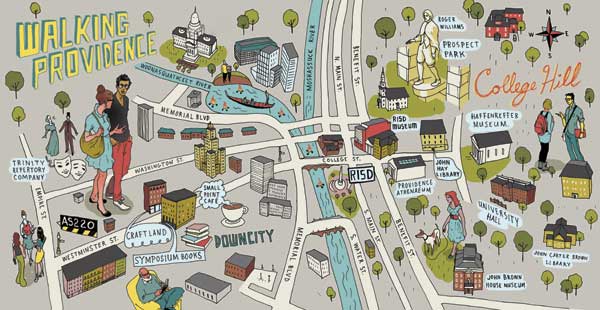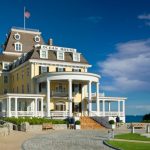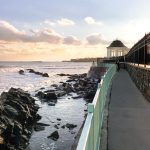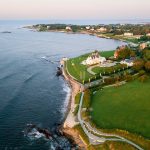Rhode Island
Walking Tour of Providence, Rhode Island
On a walking tour of Providence, Rhode Island, you’ll encounter famous museums, historic homes, an Ivy League campus, and possibly even ghosts.

Coffee By Design | Portland, Maine
Photo Credit : Katherine KeenanYou look like someone who appreciates a good story
- Unlimited access on the web
- Watch episodes online
Already a subscriber? Sign in







